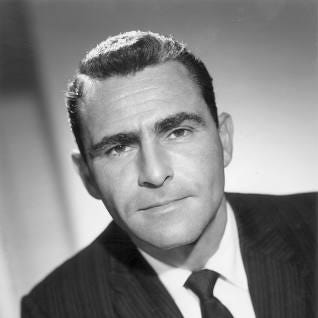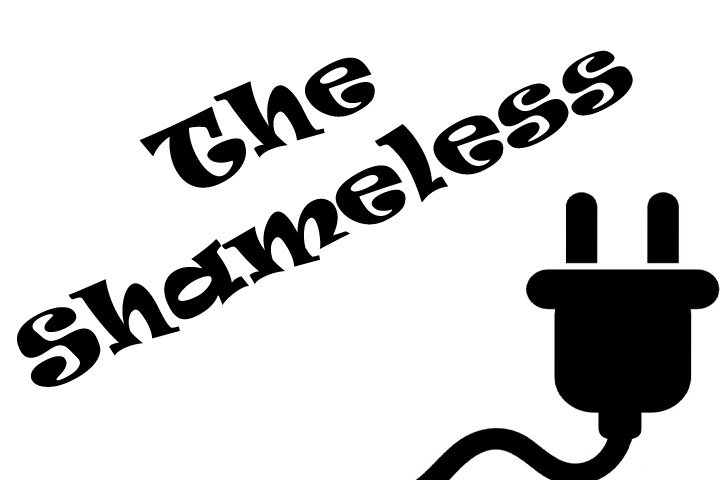Don't just tell stories, tell the truth
The true story behind Rod Serling and his Twilight Zone shows how powerful stories can be...and how scary that can be for some.

Issue #309 Keith’s Sci-Fi Musings April 30, 2023
You can’t be a true fan of sci-fi, or a writer of the same, without first passing through the prism of The Twilight Zone. OK, that’s just my opinion, but I’m willing to bet you won’t find too many sci-fi fans or writers who will disagree with that assessment.
Without a doubt, science fiction was being written long before Rod Serling arrived on the scene, and there have been others who have managed to occasionally tell better stories. I say occasionally because that doesn’t happen often.
But what The Twilight Zone did that no other science fiction movie, TV show, or book could rival was to introduce science fiction/fantasy to the largest possible audience. He presented this somewhat fringe genre (at the time) as a serious art form with a serious message, crafted by one of the most gifted and creative minds in the business. Serling proved that you shouldn’t have to be Charles Dickens, who wrote Great Expectations, or Leo Tolstoy, who wrote War and Peace, to be taken seriously as a writer.
Please make sure to view and act on the important information at the end of this article to help support “We Are Speaking.” Thank you!
Beginning on October 2, 1959, and ending five years later with its final 30-minute episode airing on June 19, 1964, The Twilight Zone proved on a large scale, every single week for a total of 156 episodes that sci-fi wasn’t just for kooks, nor was it some lesser rung literary realm inhabited by writers who couldn’t measure up to The Big Boys.
Thank God for that, and also thank Rod Serling, who was The Big Boy.
Rod Serling Photo Credit: Getty Images
What has made The Twilight Zone stand the test of time as one of the best of all time is Serling’s remarkable ability to make each of his stories not simply an exploration into the fantastical (although mere escapism can be fun and does have its place), but as a well thought-out commentary on the human condition and how that condition intersects with the issues of the day.
The story of how he developed that approach, and how hard he had to fight the network titans and society in general to use alternative fiction and science fiction stories to confront issues such as racism is enlightening as well as inspiring to all of us who have dedicated our lives to employ words as a means of making our difference in the world.
For Rod Serling, it began when he wanted to tell a story confronting the vicious racism that led to the murder of Emmett Till. And the network said ‘no’.
I strongly urge you to read all about it right here in The Smithsonian…
You can always leave any questions in Notes or email us.
This article is free to access for 7 days after publication. Please consider becoming a paid subscriber for $5/month or less to access all of the articles and other benefits.
This is your chance to support everything Keith and Pam do. We appreciate you!
Purchase and download your copy of the “Branding And Marketing For The Rest Of Us” eBook for Independent Authors and Creative and Solo Professionals and other valuable eBooks.
Enroll in one of the 6-course bundles designed especially for you: “Author and Book Marketing” and/or “Essential Creative Marketing.”
Purchase your copies of “Detroit Stories Quarterly” issues.
What else do Keith and Pam do?
Where else can you find us?
Click the link below to learn everything you need to know and review everything we offer for independent writers and creative and solo professionals.








